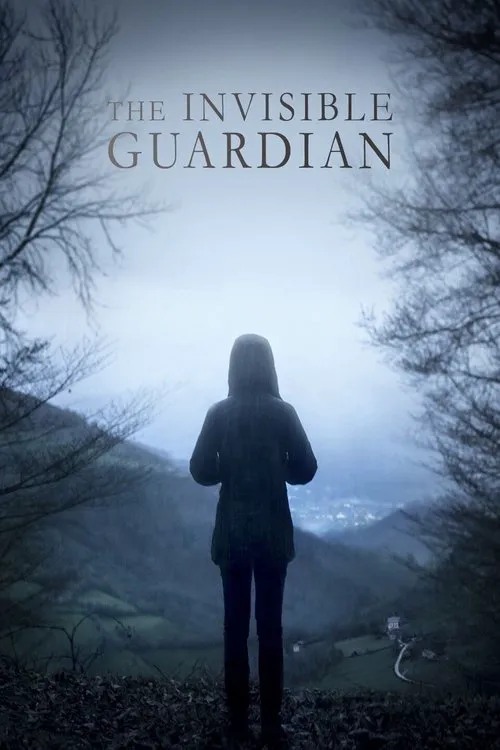The Invisible Guardian

Plot
In the quaint village of Elizondo, nestled in the mist-shrouded heart of the Basque country, a sense of unease settles over its residents as the news spreads of a naked teenage girl discovered on the banks of the River Baztán. The gruesome discovery is a stark reminder of a similar murder that took place just a month prior, leaving investigators to wonder if they are dealing with the work of a ritualistic killer or a manifestation of the legendary basajaun, the 'invisible guardian' of Basque mythology. Inspector Amaia Salazar, a seasoned and sharp-minded investigator from the capital, is dispatched to the village to lead the investigation. As she arrives, Amaia is met with a mixture of curiosity and hostility from the villagers, who seem reluctant to cooperate with the authorities. The tension is palpable, and Amaia can sense the deep-seated resentment towards outsiders. As Amaia begins to immerse herself in the case, she is forced to confront the dark secrets of her own past. Born and raised in the Basque country, Amaia had fled the region years ago, seeking to leave behind the painful memories of her childhood. However, the return to her hometown brings back a flood of emotions and unresolved conflicts. Amaia's mother, a kind-hearted woman named Pilar, had been accused of being involved in a high-profile murder case when Amaia was just a teenager. The experience left a deep scar on Amaia's psyche, and she had always vowed to escape the toxic atmosphere of the village. The investigation leads Amaia to the nearby town of Alzuza, where the first murder took place. As she speaks to the local residents, Amaia begins to unravel a complex web of secrets and lies that have been hiding in plain sight. It becomes evident that the murders are not the work of the basajaun, but rather a calculated and sinister act committed by a serial killer. As Amaia digs deeper, she encounters the enigmatic and charismatic local priest, Father Javier, who seems to be hiding secrets of his own. The priest's motives and allegiances are unclear, and Amaia begins to suspect that he may be connected to the murders. However, her growing distrust of Father Javier is offset by the priest's genuine concern for the victims and the village. Amaia's investigation takes a personal toll as she is forced to confront her own demons. Her relationships with her colleagues and the villagers become increasingly strained, and she starts to question her own motivations for being there. The mist-shrouded forests and the remote location of the village seem to be conspiring against her, making it difficult for her to distinguish reality from myth. As the investigation reaches a crescendo, Amaia discovers a shocking connection between the murders and a tragedy from her own childhood. The revelation sends her reeling, forcing her to confront the painful memories she had long suppressed. The presence of the basajaun, a creature from Basque mythology, becomes a symbol of Amaia's inner turmoil and her struggle to reconcile her past and present selves. In the culmination of the investigation, Amaia faces her demons head-on and finally uncovers the truth behind the murders. The killer is revealed to be someone she had least expected, and the motive is a complex cocktail of revenge, anger, and obsession. Amaia's confrontation with the killer is both a physical and emotional showdown, as she must use her wits and courage to stay one step ahead of her adversaries. In the aftermath of the investigation, Amaia is left to pick up the pieces of her shattered life. She realizes that the experience has changed her, and she can no longer ignore the dark forces that lurk in the shadows of her past. The film ends with Amaia walking alone in the mist-shrouded forest, symbolizing her newfound understanding of herself and the world around her. The presence of the basajaun lingers, an unsettling reminder of the power of myth and superstition to shape our perceptions of reality.
Reviews
Recommendations




